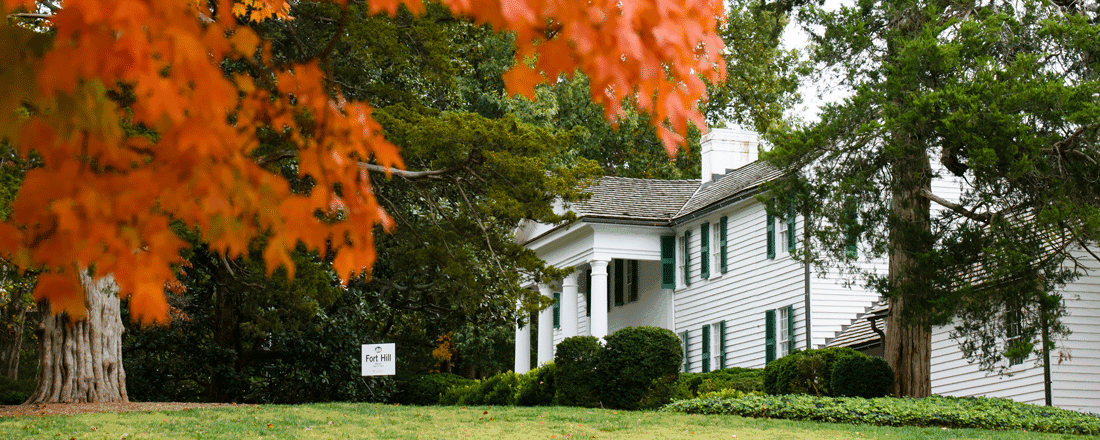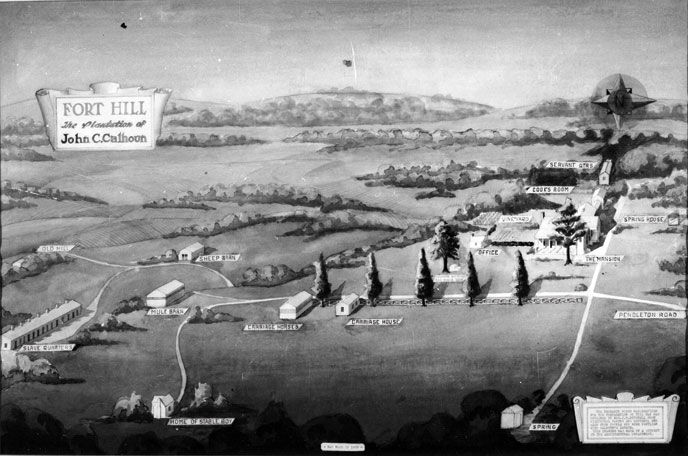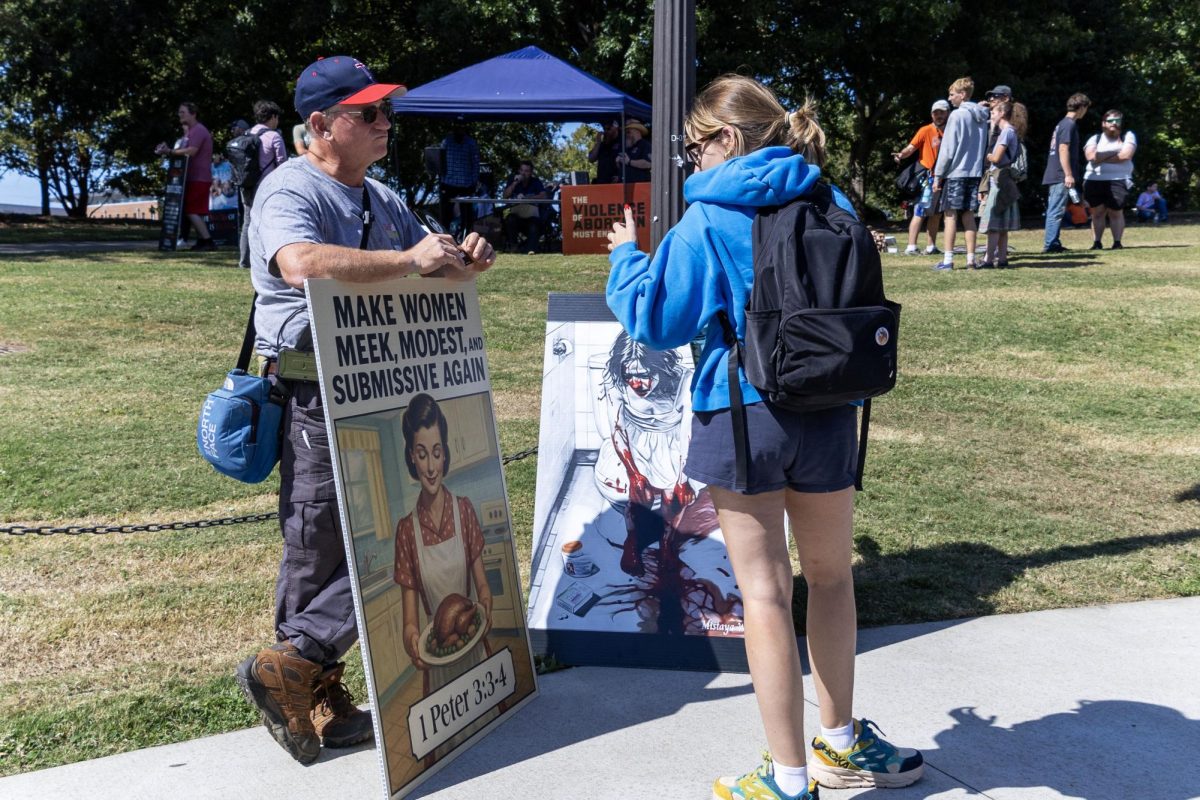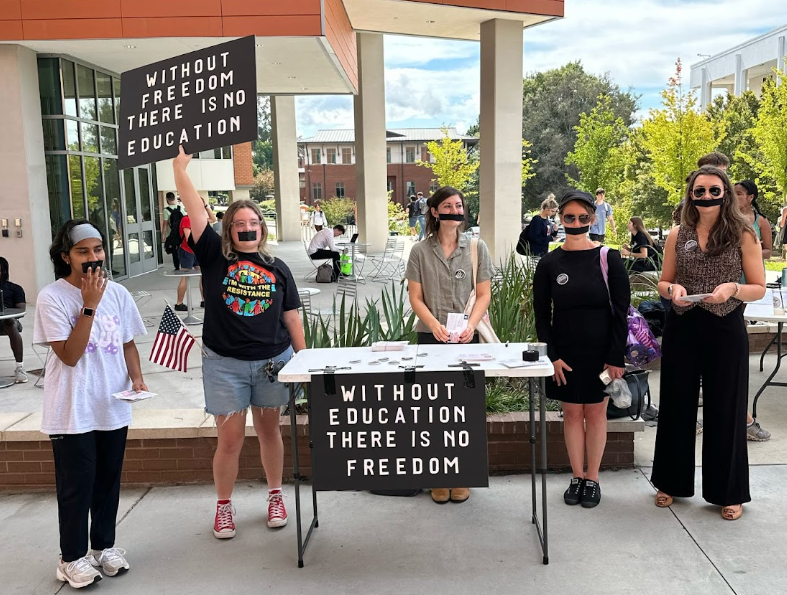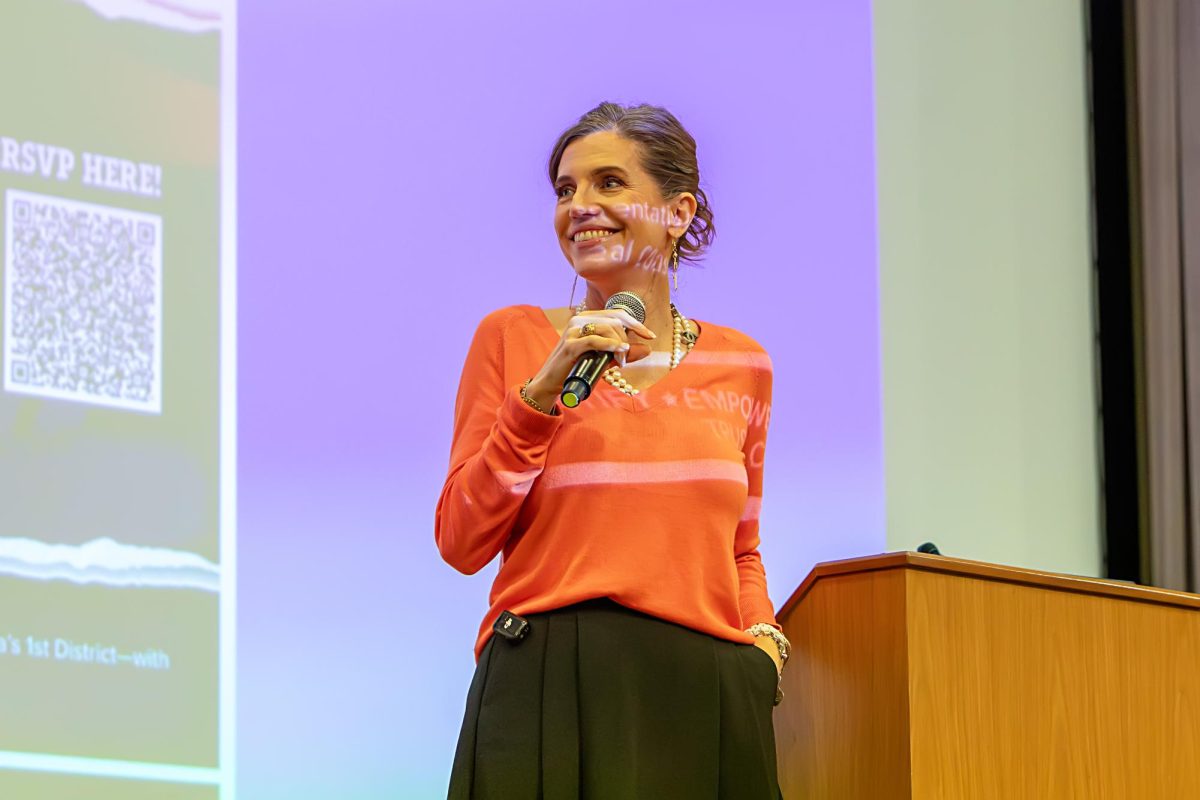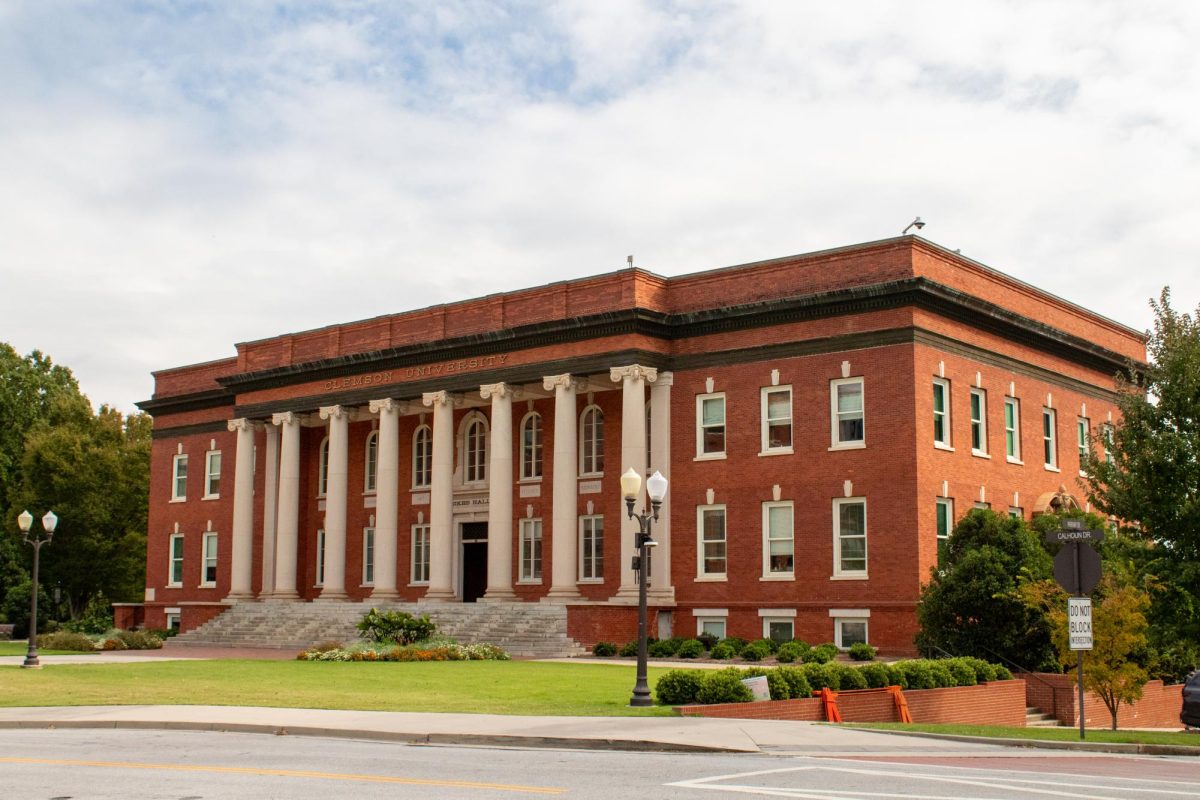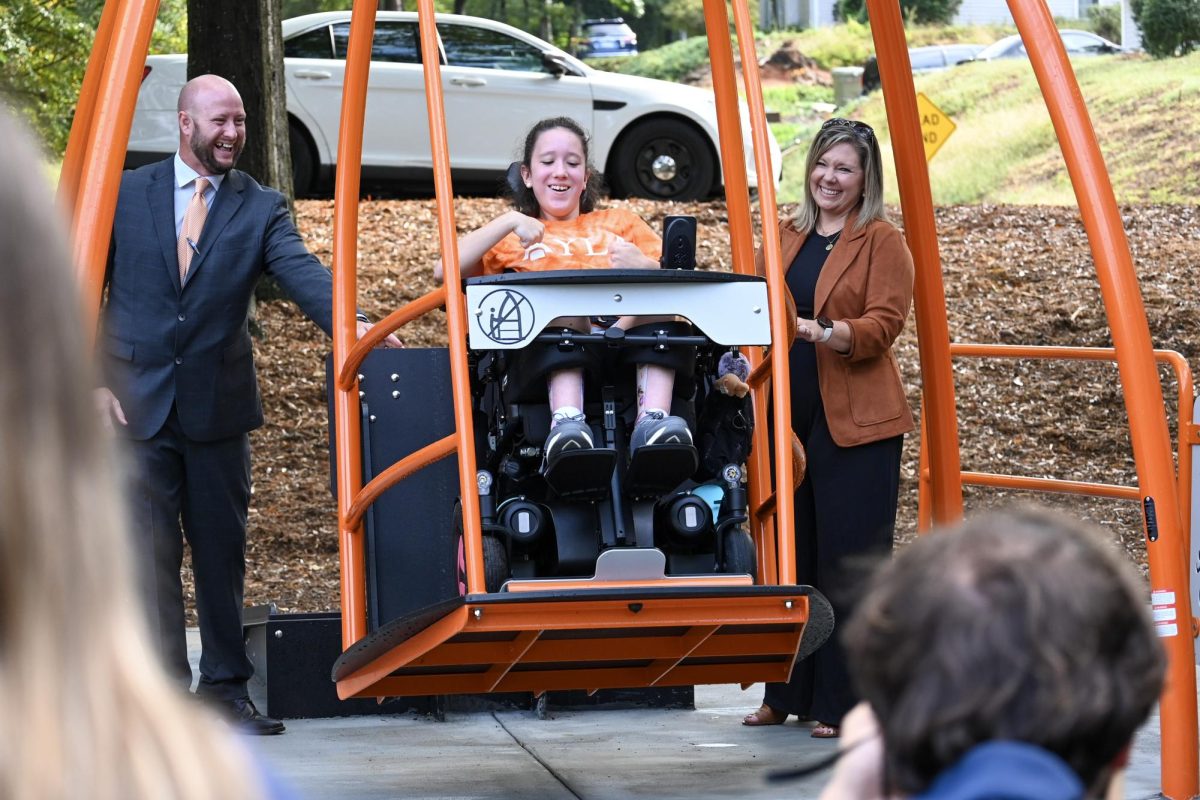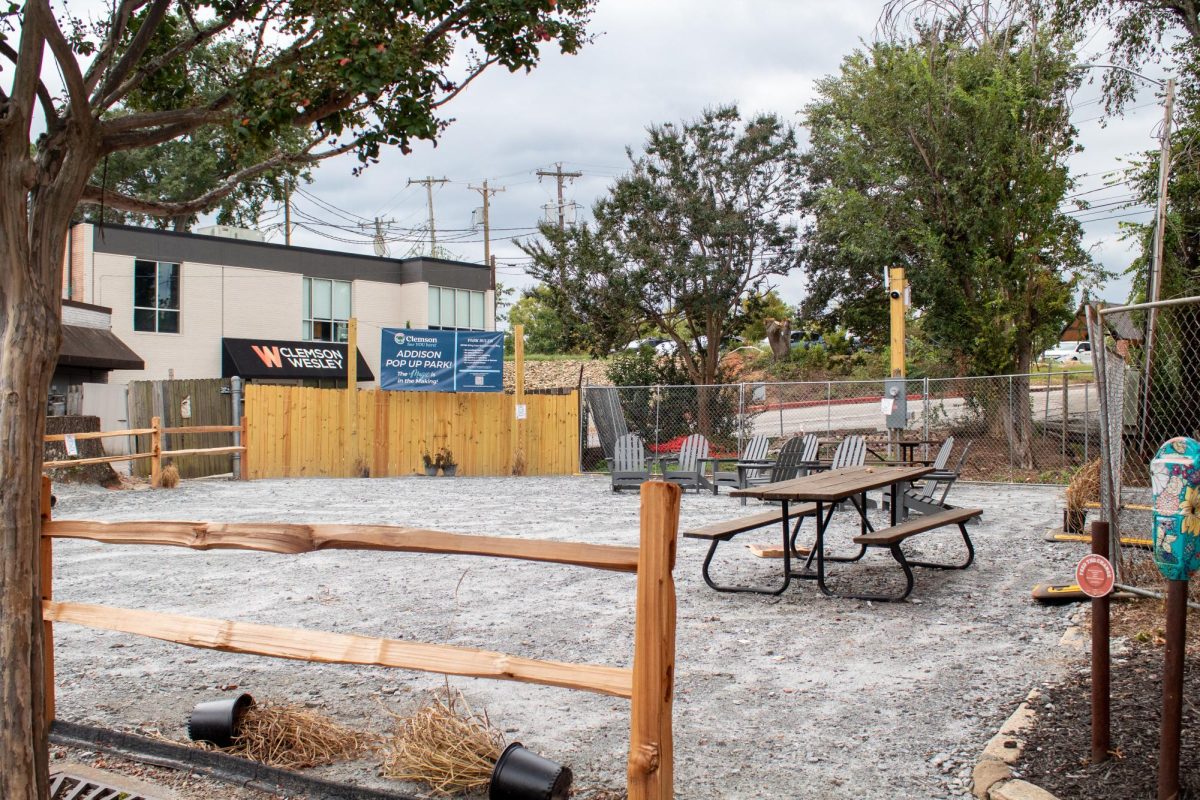Clemson Libraries plans to reinvent the Fort Hill property to better “tell the story of Clemson,” according to Christopher Cox, dean of Clemson Libraries, at Monday’s Student Senate meeting.
If approved, the library intends to convert the property into a Clemson museum that tells the full story of Clemson, which may not be “exactly what you expect,” according to Cox.
The facilities that currently operate within the Trustee House located on the Fort Hill property will be relocated to Daniel Hall once construction on the building is completed, according to Cox.
The library plans to transform the Trustee House into an interpretive center that will house rotating exhibits to showcase Clemson’s rich history.
Along with the physical museum, the library hopes to offer classes and creative inquiry opportunities that explore the history of the University property, as the position of University Historian is now also under the jurisdiction of the library.
The creative inquiry course will be open to open to all Clemson students and will be open for enrollment in the fall 2023 semester.
Cox acknowledged that Fort Hill itself has a mixed history with both “positive and questionable” attributes.
In 1836, the property came under the ownership of John C. Calhoun, a prominent Southern politician who owned most of the land that Clemson University sits on; it was known as the Fort Hill Plantation.
When Calhoun died in 1850, his wife Floride became the sole owner of the Fort Hill home and 1,341 acres of land.
At the time of Calhoun’s death, 75 enslaved African Americans lived and worked at Fort Hill, according to U.S. Census data.
In 1888, Clemson bequeathed three-fourths of the Fort Hill plantation and $80,000 to the state of South Carolina for the establishment of a public scientific and agricultural college.
Clemson willed that Fort Hill “shall always be open for the inspection of visitors.”
Clemson Libraries plans to carry on Thomas Green Clemson’s vision by opening the Clemson Museum for students, faculty and Clemson community members to visit, learn and explore.
An earlier version of this article that appeared in print did not mention that the plans have yet to be approved and are a proposed way forward. The University Relations office clarified that the project will need to go through the appropriate building approvals before action is taken, and the article has been updated with this information.



